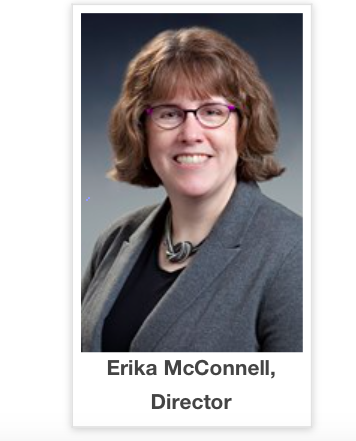The Recall Dunleavy group was out of luck today in front of Superior Court Justice Eric Aarseth, who set the court date 10 am on Jan. 10 to hear the merits of the recall petition application, which was denied this month by the Division of Elections.
The pro-recall lawyers argued that with an expedited schedule, they would be able to get enough signatures to force a recall election by spring, before the next state budget is issued. The FY 2021 state budget seems to be the group’s main argument for asking for the court date for December.
To ask for an expedited schedule, the petitioners have to show actual harm, so the recall group did its best, but the real harm they were trying to avoid is having their base of support fizzle. Also, they want a special election, rather than having a recall put onto the General Election ballot next November. A court case dragging out is a bad thing for their strategy.
The judge today seemed to have understood the difference between real harm and contrived harm.
Arguing on behalf of the Division of Elections was Assistant Attorney General Margaret Paton-Walsh and the Stand Tall With Mike attorney, Brewster Jamieson. The newly formed STWM group has joined the case officially and hired former Gov. Bill Walker Attorney General Craig Richards as counsel in addition to Jamieson.
The State argued that a case as important as a precedence-setter like this one shouldn’t be decided in haste.
Appearing on behalf of the pro-recall group was former Gov. Bill Walker Chief of Staff Scott Kendall and former Walker’s Attorney General Jahna Lindemuth, two ambitious political attorneys who are relaunching their legal careers after Alaskans voted them and their governor out of office one year ago.
The January hearing will determine if the Attorney General and Division of Elections acted properly by denying the application on the basis of it lacking any legitimate cause for recalling the governor.
Oral arguments on Jan. 10 are scheduled for two hours. Meanwhile, briefings will take place over the next two months, with motions and cross motions for summary judgments, agreements made ahead of time that address basic legal issues that don’t involve disputes about facts.
A decision can be expected toward the end of January, and a date with the Alaska Supreme Court could come in March, at the court’s discretion. The final decision by the Alaska Supremes will determine if the recall advocates can proceed to collect the 79,000+ signatures they need to force the matter into a special recall election.
Alaska Statute says that if the court decides they can collect the signatures, and if they actually do collect them, the Division of Elections then has 30 days to verify those signatures. The division would then set an election no sooner than 60 days and no later than 90 days after notifying the petitioners of the certification of the signatures.
The pro-recall group is hoping to get a special election set before the August primary; it would work to their benefit to not be lumped with other items on a regularly scheduled election, but to only attract a highly motivated and angry voter.










